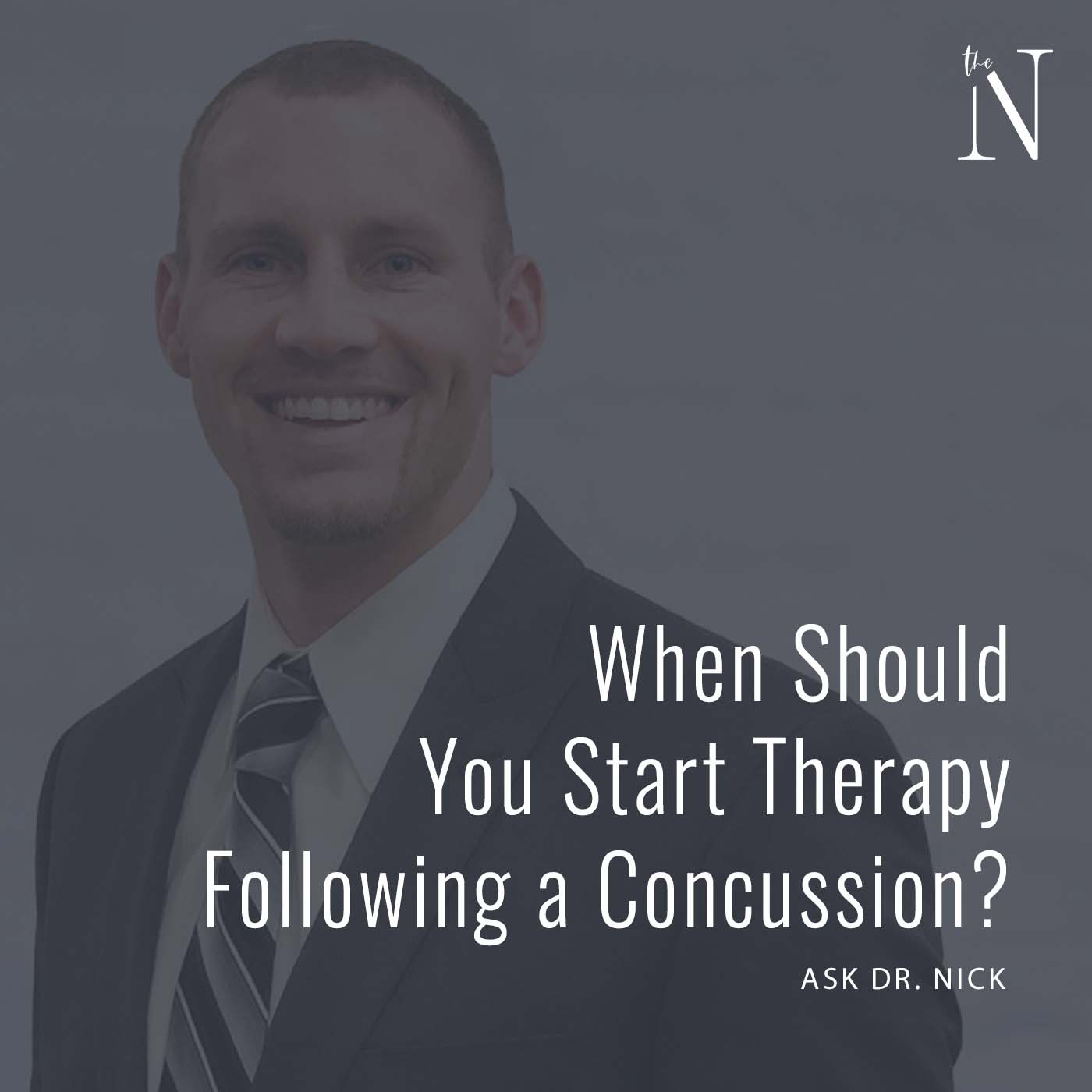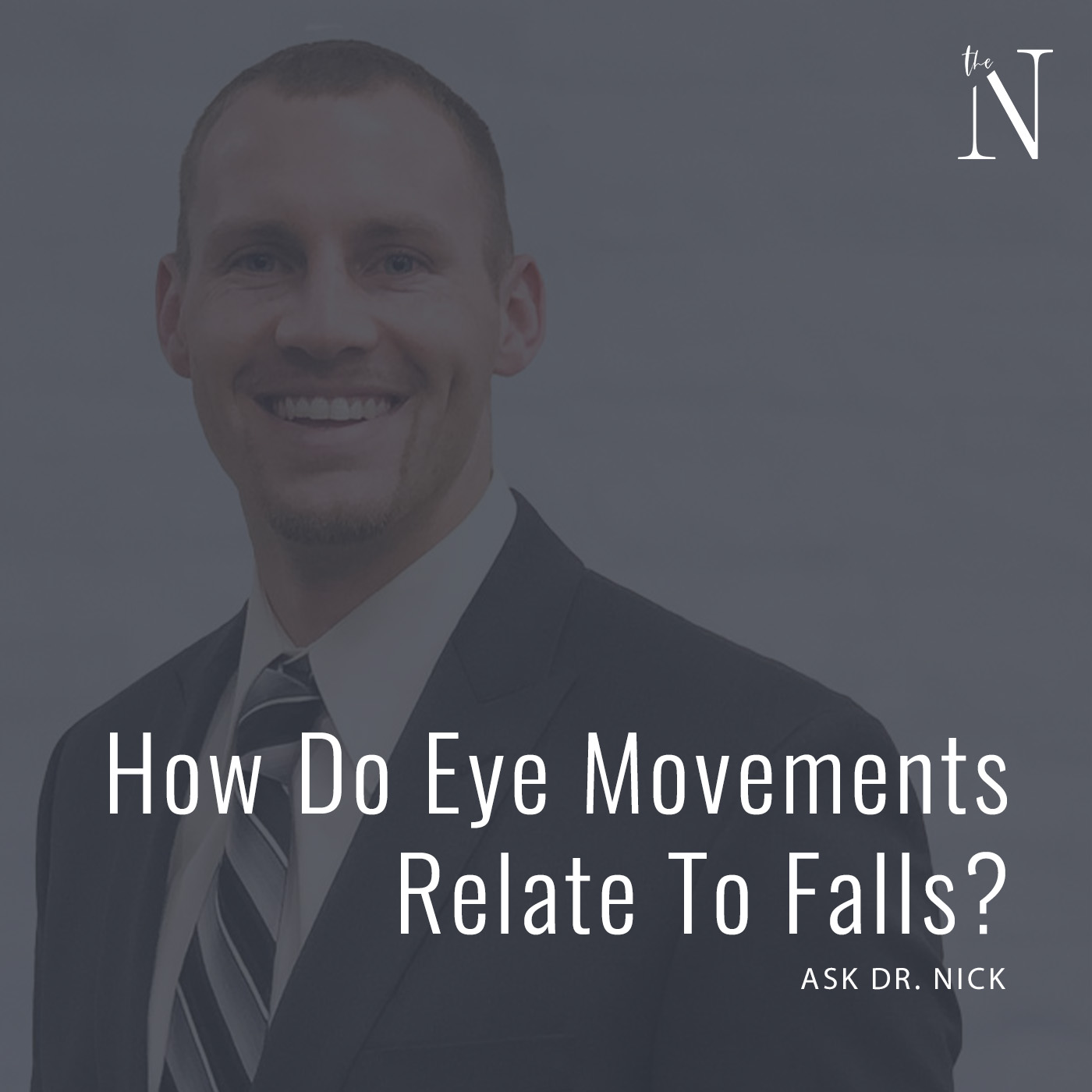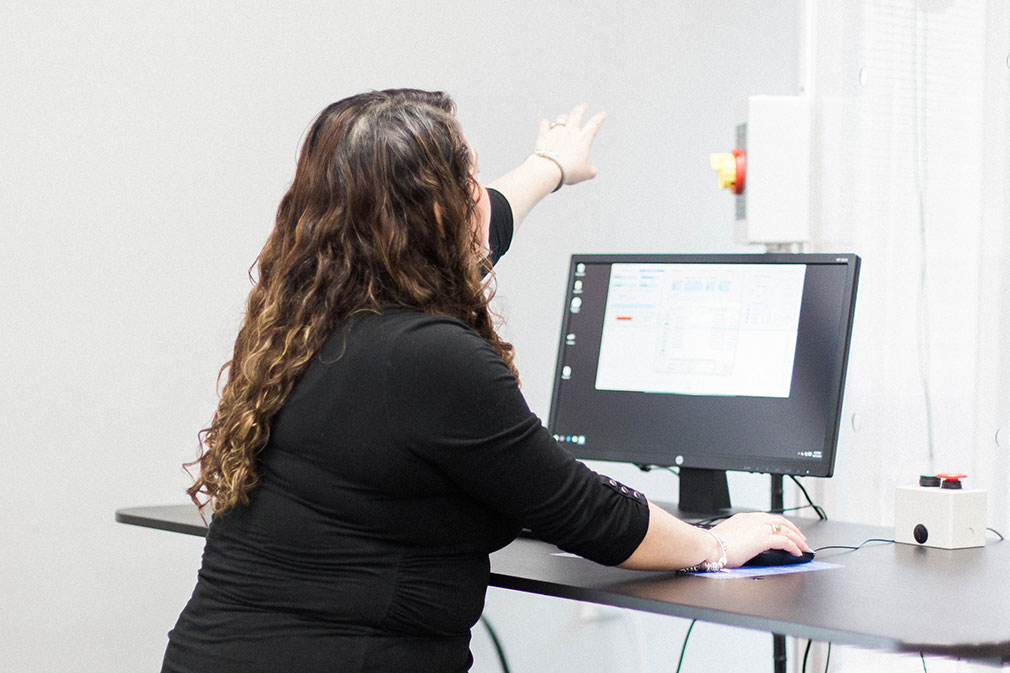Ask Dr. Nick
On today’s episode, Dr. Nick talks about the new advances in stroke rehab and the benefits of combining these therapies. Many therapies are utilized for stroke rehab including balance and gait retraining, stretching spastic muscles, core exercises, speech therapy, and dressing practice. Most of these are active strategies where the patient is actively trying to complete a task that is difficult for them.
Although these therapies are important, there are others that are also beneficial, especially when paired with these more active therapies. These include electrical stimulation, vision training, eye movement exercises, mirror therapy, and virtual reality. All of these activate specific sensory systems (visual, auditory, proprioceptive, sensory), which are necessary to know where the body is in space to make an accurate and precise movement. It is best when these therapies can be converged together so that the brain can learn how they work together properly.
In the video, you will see a 36 year-old patient who had a dissecting artery and hemorrhagic stroke on the right side of her brain, so she lost all function and awareness on her left side. You can see that she is doing mirror therapy in virtual reality by moving her right hand but looking at her left. At the same time, she is getting electrical stimulation to her left median nerve in her wrist.
This therapy has helped improve her left-sided hemineglect, improve awareness of her left arm and also decrease spasticity. Check out the video for more in depth information on how therapies can be combined to improve stroke rehab!
References: Sharififar S, Shuster JJ, Bishop MD. Adding electrical stimulation during standard rehabilitation after stroke to improve motor function. A systematic review and meta-analysis. Ann Phys Rehabil Med. 2018;61(5):339-344.
Thieme H, Morkisch N, Mehrholz J, et al. Mirror therapy for improving motor function after stroke. Cochrane Database Syst Rev. 2018;7(7):CD008449.
Corbetta D, Imeri F, Gatti R. Rehabilitation that incorporates virtual reality is more effective than standard rehabilitation for improving walking speed, balance and mobility after stroke: a systematic review. J Physiother. 2015;61(3):117-124.




